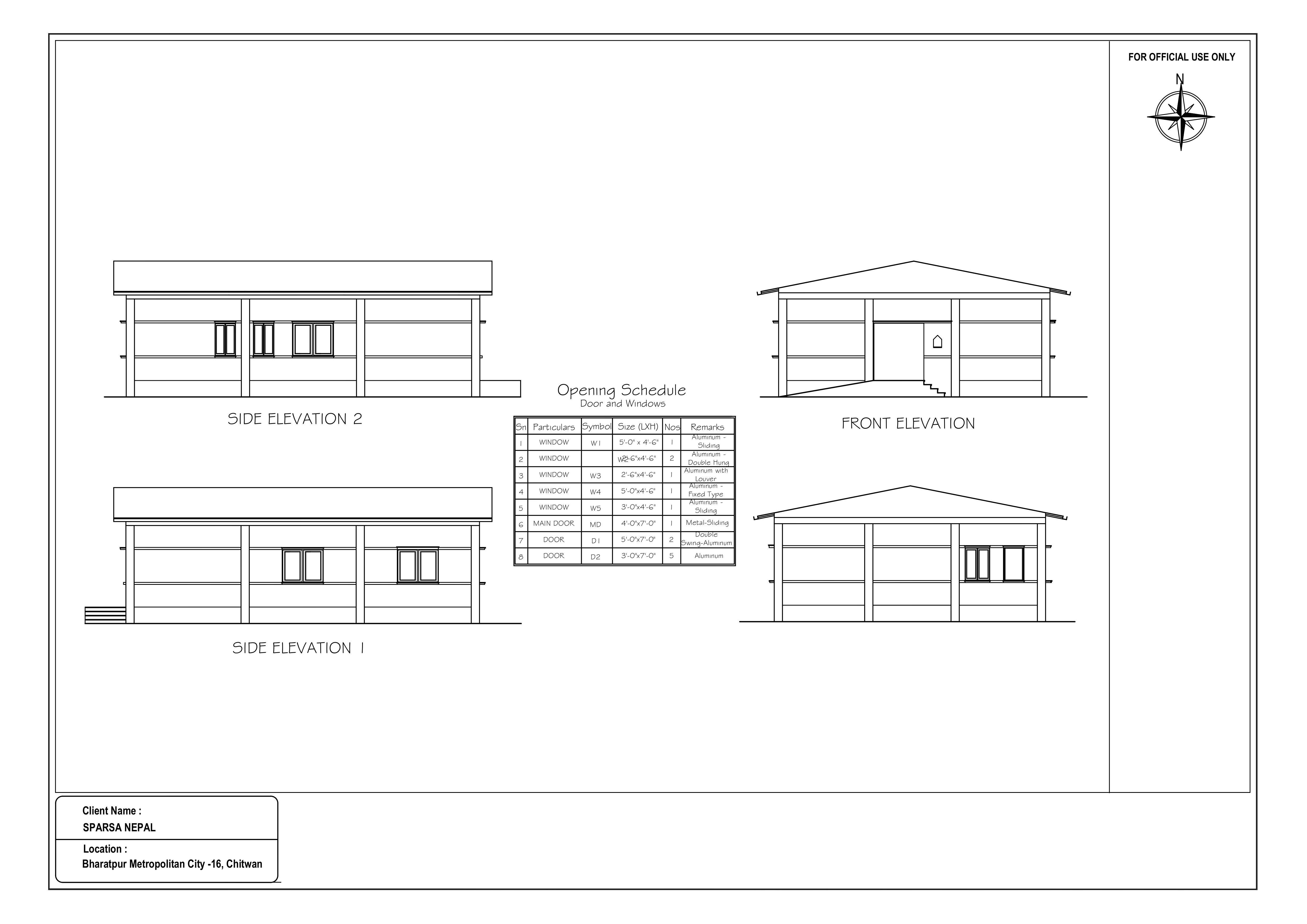Trust Building
Trust-building is essential for an effective feedback mechanism, ensuring stakeholders feel safe raising concerns. Without trust, people may hesitate to report issues due to fear of retaliation or inaction, undermining the system’s purpose.
As stakeholders see their concerns addressed, trust deepens, leading to greater participation and stronger relationships between communities and conservation partners. Over time, this trust improves conflict resolution and increases local support for conservation efforts.
Accessibility and confidentiality are key. Secure lock boxes in each zone allow safe, confidential submissions, encouraging participation. Impartiality is also crucial. The multi-organization response team, which includes representation from Frankfurt Zoological Society, the Chitimbwa Iyendwe Conservation Project, and Zambia’s Department of National Parks and Wildlife FZS, reassures stakeholders that feedback and grievances will be handled fairly.
Consistent communication and follow-ups further strengthen trust. Keeping complainants informed about progress and resolutions demonstrates commitment. Transparency, including sharing general grievance outcomes in meetings, reinforces confidence.
Building trust in the feedback mechanism requires consistent engagement, transparency, and responsiveness. Early on, accessibility proved critical - placing lock boxes in multiple zones ensured community members could submit concerns easily and confidentially. However, initial lack of awareness limited participation, highlighting the need for repeated sensitization meetings to explain the process and reassure people of confidentiality.
Impartiality was another key lesson. By involving multiple organizations (FZS, DNPW and CICP) in the review team, the mechanism gained credibility, reducing fears of bias. Timely responses were also essential; delays in addressing grievances risked eroding confidence, emphasizing the importance of clear timelines and interim updates.
Additionally, managing expectations was necessary. Not all concerns could be resolved immediately, and some fell outside of the NTCP’s mandate. The set up of the mechanism stipulated that such issues were to be passed onto relevant bodies such as the Zambia police (no serious grievances requiring this action have been received to date). Communicating what the mechanism could and couldn’t address helped maintain trust. Ultimately, transparency, follow-through, and ongoing dialogue proved vital in ensuring the community viewed the process as fair and reliable.
